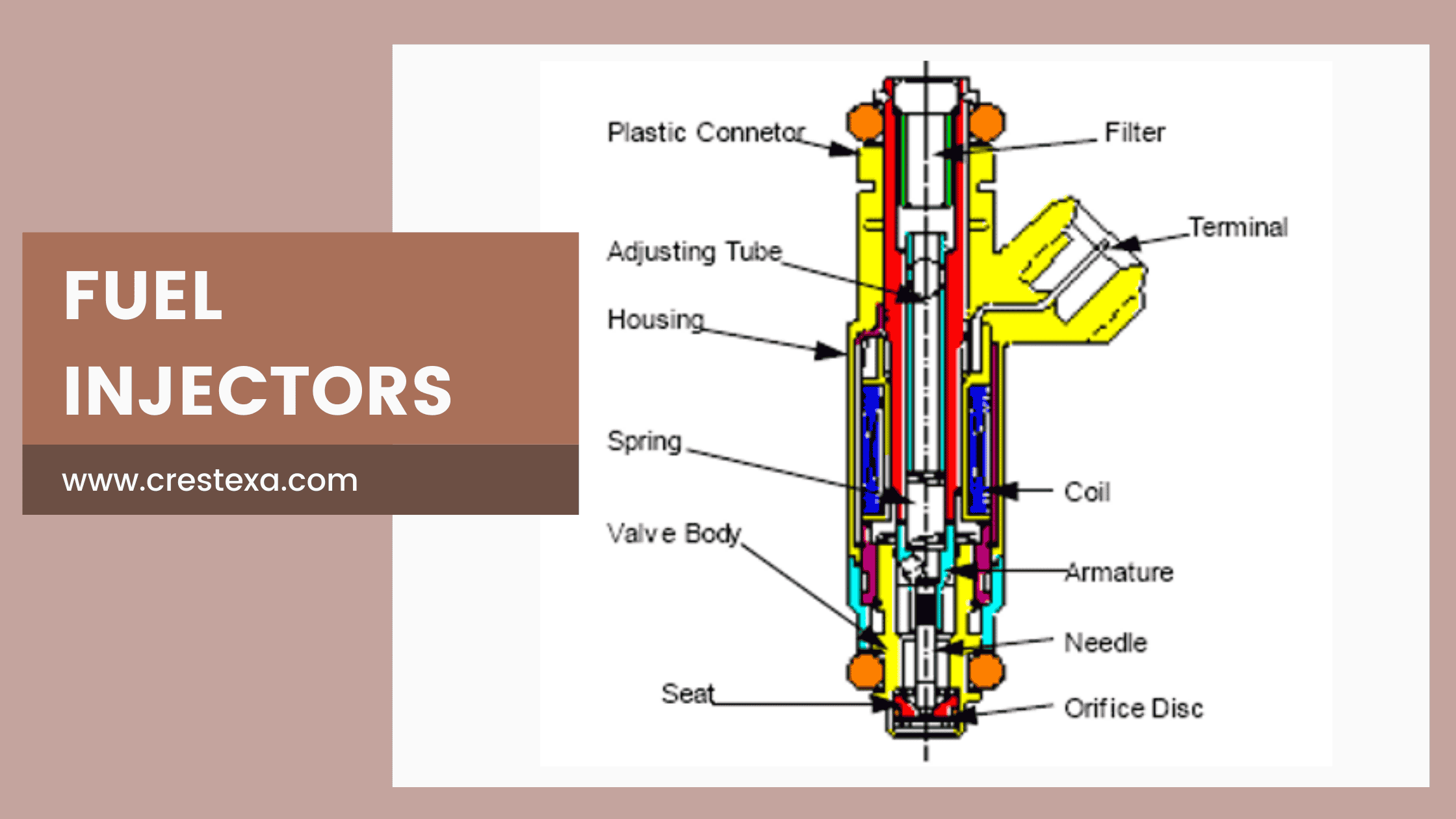When best LS fuel rail plumbing is considered, choosing the proper setup is critical to achieving maximum engine efficiency and smooth fuel delivery. Whether you are creating a high-performance LS engine or replacing your current system, learning about the complexity of fuel rail plumbing is imperative. In this article, we will discuss the best techniques, parts, and configurations to get the optimal fuel flow.
Understanding LS Fuel Rail Plumbing
LS engines are known for their high performance and versatility, and they are widely used in swaps and custom builds. But a poor fuel rail plumbing system can cause poor fuel distribution, loss of horsepower, and even engine damage. Good plumbing provides a consistent supply of fuel at the correct pressure, avoiding lean conditions and delivering maximum power.
Also Read : What are the different types of Plumbing Cement?
Key Components for Optimal Best LS Fuel Rail Plumbing
To obtain optimum best LS fuel rail plumbing, you require components that are good and capable of supporting high fuel flow rates. The key components are as follows:
1. LS Fuel Rails

Fuel rails pass fuel in an equal amount to all injectors. Use billet aluminum or stainless steel fuel rails that can support high pressure and flow needs.
2. Fuel Pressure Regulator
A fuel pressure regulator regulates and provides a consistent pressure of fuel within the system. Adjustable regulators are best suited for performance builds to allow for adjusting fuel delivery.

3. Fuel Injectors
The choice of fuel injectors is based on your engine’s power level. High-horsepower applications require larger injectors to provide enough fuel supply.

4. AN Fittings and Hoses
Utilizing AN fittings and braided hoses guarantees a leak-proof and long-lasting connection. The parts are required to withstand high fuel pressure and avoid leaks.

5. Fuel Pump
High-flow fuel pump is an integral part of best LS fuel rail plumbing. Select an electric fuel pump that provides enough fuel volume for your engine requirements.

6. Fuel Filter
A good fuel filter keeps impurities from entering the injectors and keeping your components clean for longer.

Step-by-Step Best LS Fuel Rail Plumbing Guide
Step 1: Choosing the Proper Fuel Rails
Make sure your fuel rails are compatible with your intake manifold and injector configuration. Large-bore, billet aluminum fuel rails improve fuel flow and avoid pressure drop.
Step 2: Selecting the Right Fuel Line Size
For the majority of LS engines, -6AN or -8AN fuel lines are used to ensure proper fuel pressure consistency. High-horsepower applications might need -10AN lines for maximum flow.
Step 3: Installing the Fuel Pressure Regulator
The fuel pressure regulator must be installed after the fuel rails in a return-type system. This arrangement provides a consistent fuel pressure and avoids pressure spikes that can damage the injectors.
Step 4: Routing the Fuel Lines Properly
Proper routing of fuel lines is essential to prevent heat soak and vapor lock. Route all fuel lines with insulated or heat-resistant lines, and maintain them away from exhaust components to prevent excessive heat buildup.
Step 5: AN Fittings and Hoses Connection
Mount AN fittings and braided hoses using the correct tools to avoid leakage. Inspect all connections for tightness prior to pressurization of the system.
Step 6: Fuel Pump and Filter Installation
A high-flow fuel pump should be installed near the fuel tank for better efficiency. Use a fuel filter rated for your fuel type to prevent debris from entering the system.
Step 7: Testing the System
Before starting the engine, prime the fuel system and check for leaks. Monitor fuel pressure and adjust the regulator if necessary to maintain the recommended pressure.
Common Mistakes to Avoid in LS Fuel Rail Plumbing
1. Employment of Under-Size Fuel Lines
Little-diameter fuel lines limit flow and may develop fuel starvation on high loads. Size your fuel lines correctly for your application in all cases.
2. Sub-Optimum Fuel Line Layout
Laying fuel lines adjacent to heat-generating components allows vapors to be trapped at a low elevation within the tube and can also restrict fuel supply due to blockages. Line positions should ensure minimum exposure to high-heat surfaces.
3. In-Sufficient Fuel Pressure Setting
Adjusting the fuel pressure too high or too low will create drivability problems. Always refer to manufacturer specifications for best pressure levels.
4. Omitting the Fuel Filter
Missing or plugged fuel filters can clog injectors and ruin the engine. Always include a top-grade filter in your installation.
5. Using Cheap Components
Inexpensive fittings, hoses, and fuel pumps will result in leaks and system failure. Invest in name brands for longevity and reliability.
Best LS Fuel Rail Plumbing for High-Performance Use
Turbocharged, supercharged, or high-horsepower LS projects are best served with a return-style fuel system. It provides a constant flow of fuel at the appropriate pressure, ending fuel starvation under high RPM.
Recommended High-Performance LS Engine Setup:
- -8AN or -10AN fuel lines to provide maximum flow
- Dual fuel pumps for redundancy and added capacity
- High-flow injectors designed to match engine power output
- Billet aluminum fuel rails for higher fuel delivery
- Adjustable fuel pressure regulator for specific tuning
Conclusion
Optimizing the best LS fuel rail plumbing involves selecting the right components, proper assembly, and attention to detail. A properly designed fuel system ensures stable fuel delivery, which is not harmful to the engine and optimizes performance. With best practices and avoiding common pitfalls, you can create an efficient and reliable fuel rail configuration that meets your LS engine’s power needs.
